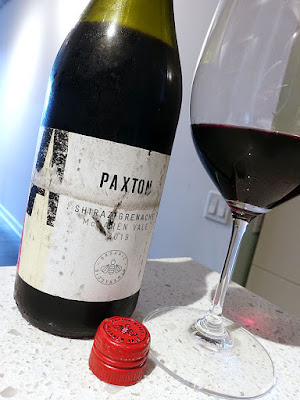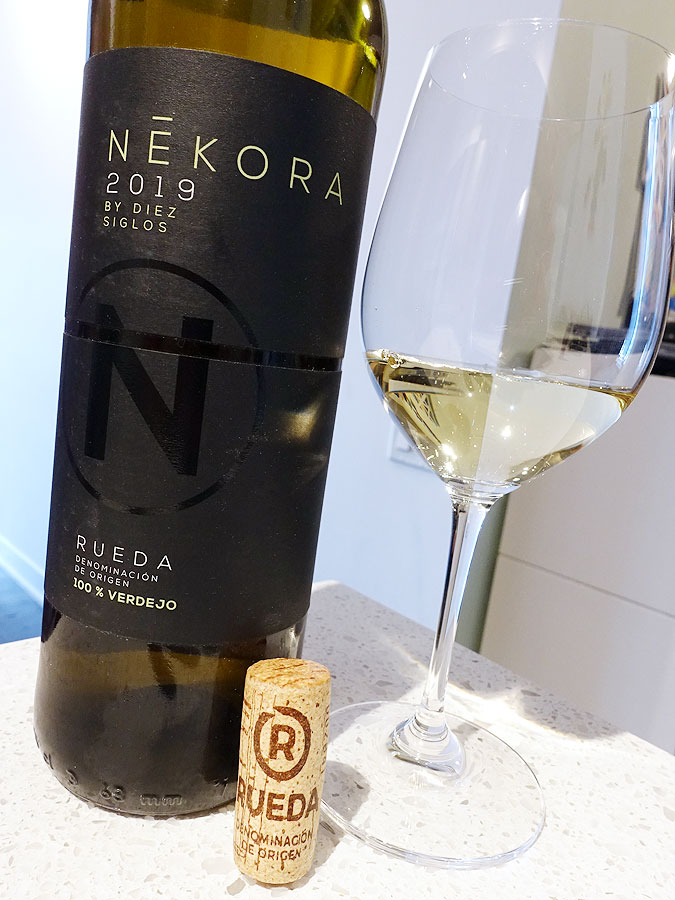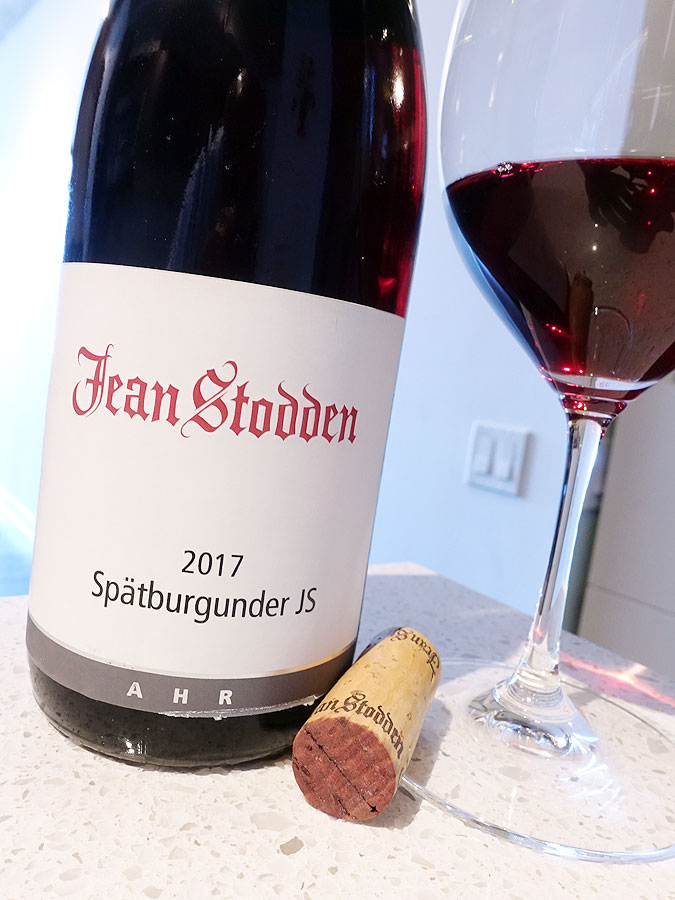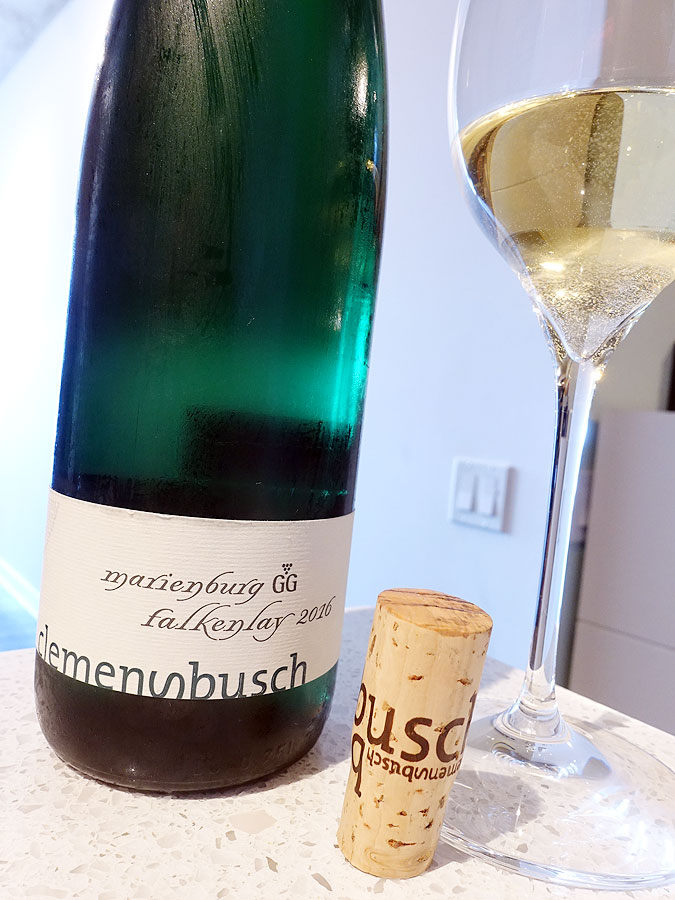wine review is a lovely organic and biodynamic red wine made with Shiraz and Grenache from Australia that arrived at the LCBO last month as part of the LCBO VINTAGES Release - with plenty of bottles still available across the province.
Paxton Wines is a family-owned wine company that was founded in 1979 in McLaren Vale by David Paxton, one of Australia's most highly respected viticulturalists. The Paxton family has nurtured their own vineyards in McLaren Vale for over 30 years and produced their first wine in 2000. Today, the family produces wines under direction and guidance of consultant winemaker Kate Goodman and winemaker Ashleigh Seymour.
In 2011, Paxton became a fully certified organic and biodynamic wine producer and today they are considered leaders in both organic and biodynamic viticulture and winemaking. The fruit for all of their wines are sourced from their own estate vineyards in McLaren Vale. These vineyards are spread across a diverse number of sites and soil types, all of which are managed with minimal inputs, including no synthetic fertilisers and pesticides, and focusing on promoting healthy, living soils through the use of natural compost preparation. Lastly, their concept of "terroir" includes the interaction between the vine, it's environment, and the impact of the human element with the moisture balance of the soil being possibly the major influence.
The 2019 vintage of this red wine is a blend of 60% Shiraz and 40% Grenache, with each individual vineyard parcel fermented separately in a combination of open top and static fermenters. After fermentation, the wine was aged in seasoned French oak barriques (225 L) and puncheons (500 L) for 12 months prior to blending and bottling. The growing season in 2019 experienced below average rainfall, as well as regularly very high temperatures. However, due to Paxton's proximity to the Gulf of St. Vincent (a mere 5 km), the cooling winds moderated the extreme weather events. Overall, although yields were down, the berries were intensely flavoured and had very good density, producing structured wines that can be cellared for many years.
Screw cap. This organic and biodynamic blend of 60% Shiraz and 40% Grenache has fresh, fragrant, minty herb aromas with ripe raspberry and strawberry, red licorice, spice, and subtle wood notes. It's medium+ bodied on the palate with raspberry, cherry, strawberry, and spice flavours balanced with savoury, earthy, and some mineral notes. It has fresh, energetic acids, and smooth, refined tannins, while mineral, spice, and red berry notes linger on the long finish, with a fine mineral aftertaste. Recommended buy. Score: 90+ pts
Other lovely wines from Paxton can be ordered through their Agent - Noble Estates Wines & Spirits.
Paxton Wines is a family-owned wine company that was founded in 1979 in McLaren Vale by David Paxton, one of Australia's most highly respected viticulturalists. The Paxton family has nurtured their own vineyards in McLaren Vale for over 30 years and produced their first wine in 2000. Today, the family produces wines under direction and guidance of consultant winemaker Kate Goodman and winemaker Ashleigh Seymour.
In 2011, Paxton became a fully certified organic and biodynamic wine producer and today they are considered leaders in both organic and biodynamic viticulture and winemaking. The fruit for all of their wines are sourced from their own estate vineyards in McLaren Vale. These vineyards are spread across a diverse number of sites and soil types, all of which are managed with minimal inputs, including no synthetic fertilisers and pesticides, and focusing on promoting healthy, living soils through the use of natural compost preparation. Lastly, their concept of "terroir" includes the interaction between the vine, it's environment, and the impact of the human element with the moisture balance of the soil being possibly the major influence.
The 2019 vintage of this red wine is a blend of 60% Shiraz and 40% Grenache, with each individual vineyard parcel fermented separately in a combination of open top and static fermenters. After fermentation, the wine was aged in seasoned French oak barriques (225 L) and puncheons (500 L) for 12 months prior to blending and bottling. The growing season in 2019 experienced below average rainfall, as well as regularly very high temperatures. However, due to Paxton's proximity to the Gulf of St. Vincent (a mere 5 km), the cooling winds moderated the extreme weather events. Overall, although yields were down, the berries were intensely flavoured and had very good density, producing structured wines that can be cellared for many years.
Tasting Note:
PAXTON AAA SHIRAZ/GRENACHE 2019 - McLaren Vale, South Australia (#149898) (XD) - $21.95Screw cap. This organic and biodynamic blend of 60% Shiraz and 40% Grenache has fresh, fragrant, minty herb aromas with ripe raspberry and strawberry, red licorice, spice, and subtle wood notes. It's medium+ bodied on the palate with raspberry, cherry, strawberry, and spice flavours balanced with savoury, earthy, and some mineral notes. It has fresh, energetic acids, and smooth, refined tannins, while mineral, spice, and red berry notes linger on the long finish, with a fine mineral aftertaste. Recommended buy. Score: 90+ pts
Other lovely wines from Paxton can be ordered through their Agent - Noble Estates Wines & Spirits.










































